SUMMARY
This is AI generated summarization, which may have errors. For context, always refer to the full article.
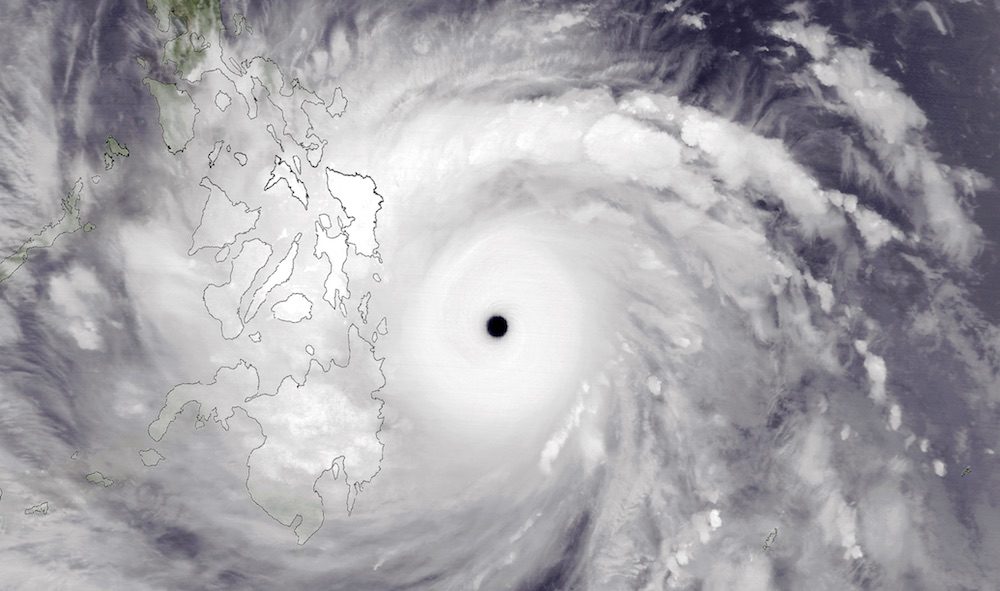
MANILA, Philippines – A tropical cyclone – whether called a typhoon, a cyclone, or a hurricane – is one of the most destructive disasters known to man.
It is one of the Earth’s strongest forces, a combination of strong, howling winds and heavy precipitation.
But how does this force of nature form?
Air, water, and temperature
Observe what happens when you heat water in a covered pot. As the temperature of the water in the pot rises, some of the water evaporates, making the interior of the pot cloudy, and some water condenses on the surface of the lid. When enough moisture collects on the lid, it forms water droplets, and when it becomes bigger and heavier, it falls back to the water below.
This, in a nutshell, is a way of explaining one of the most important parts of the planet’s water cycle. Warm water evaporates, rising to the atmosphere, forming clouds. When enough heavy clouds form, it falls back to the surface as rain.
In the warm, open seas just off the equator, the water is considerably warmer; so is the air. The warm air helps the also-warm water evaporate faster; and this hot, moist mass of air would go up, following the basic tenet that “warm air goes up, cool air goes down.”
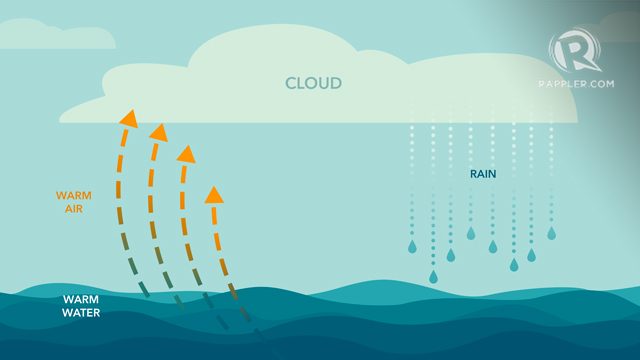
Up in the air, the water vapor cools down and condenses, and the heat is released back to the air; this heat makes the air lighter, making it move further up.
It then triggers air from outside the system to go inward, then upward, towards the system. This air flow helps more water to evaporate, joining the clouds and precipitation already massing up in the air.
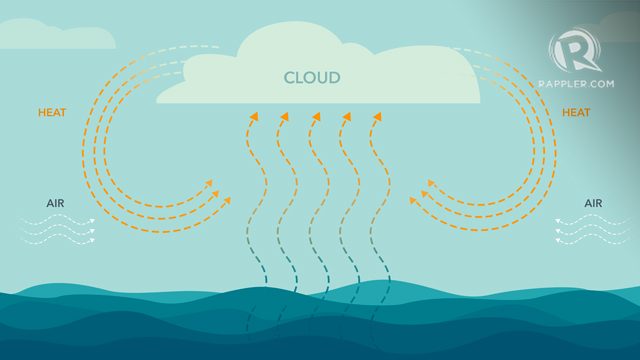
If the process continues, energy and precipitation accumulate further, and the winds speed up.
Once the winds reach a certain speed, it then becomes a tropical cyclone.
The movement of the Earth also affects this process: the wind, instead of moving in straight lines, moves in a spiral pattern due to the so-called Coriolis Effect. This causes the easily-identifiable, spiraling cloud systems we see in satellite photos.
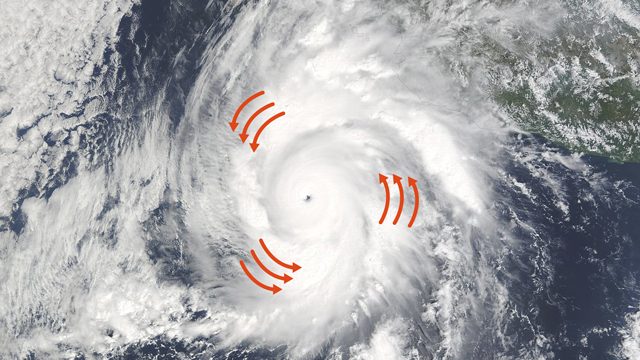
If conditions are favorable, the tropical cyclone will continuously accumulate energy and precipitation, making the system stronger and more destructive.
Naming
How a tropical cyclone is called differs based on where it formed.
In the northwest Pacific – the area that includes the Philippines – it is called a typhoon; in the southwest Pacific and in the Indian Ocean, it is a cyclone; and in the eastern Pacific and in the Atlantic, it is a hurricane.
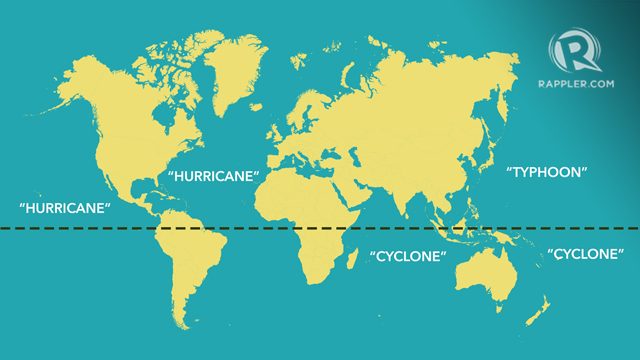
The location of the storm also determines how it spins. Those that form below the equator spin clockwise, while those that form north of the equator, counterclockwise.
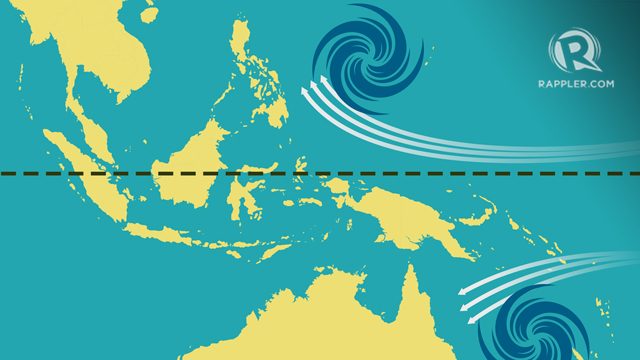
In recent years, with seas and oceans getting warmer, the planet has seen these already extreme weather systems become stronger and fiercer.
However, scientists have cautioned people against directly linking these storms (and other weather phenomena) to global warming – but they do say that the changes in climate are mitigating factors.
“Climate change may not be responsible for the recent skyrocketing cost of natural disasters, but it is very likely that it will impact future catastrophes,” NASA’s Earth Observatory explained. – Rappler.com
Sources: National Weather Service, US NOAA; NASA Earth Observatory; Cyclone Center blog
Add a comment
How does this make you feel?
There are no comments yet. Add your comment to start the conversation.